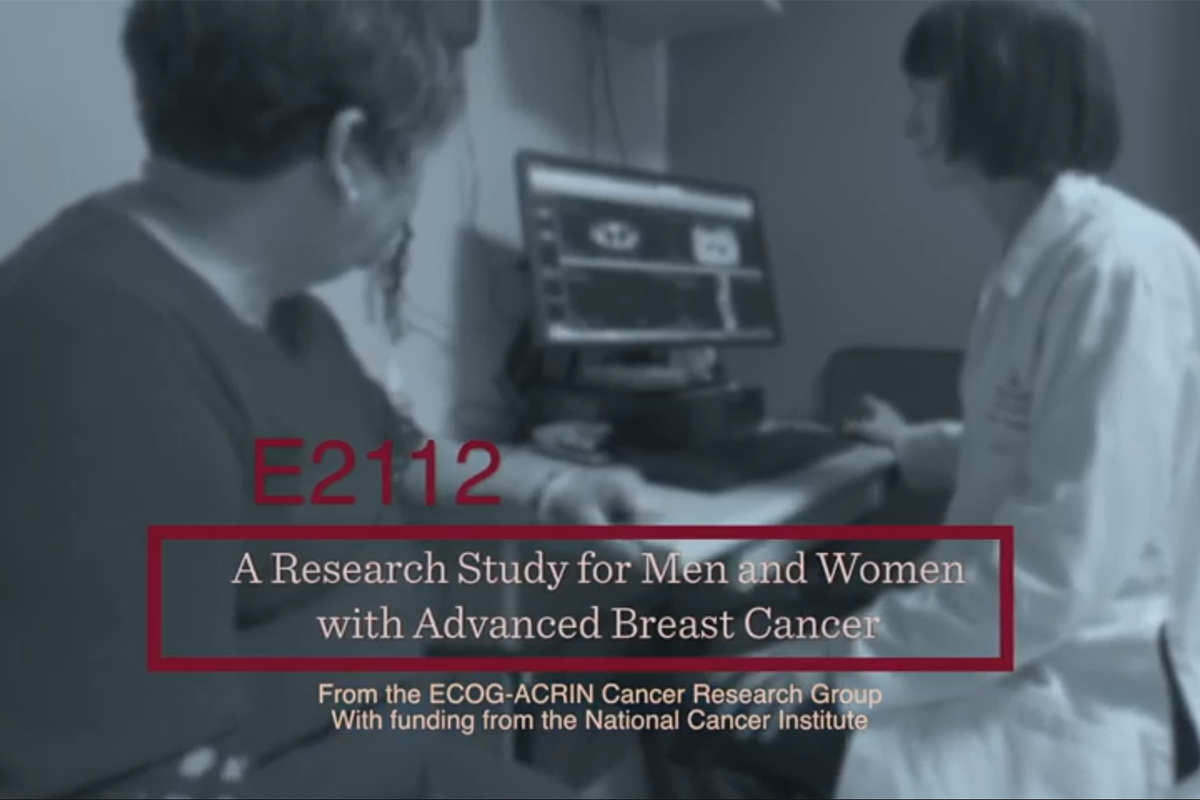
ECOG-ACRIN Research at #ASCO20: How Twitter Helped Fill the Virtual Void
June 10, 2020
Trial Results: E2112 Finds No Significant Overall Survival Benefit With Entinostat/Exemestane in Advanced Breast Cancer
June 10, 2020The Value of TMIST Compared to Other Breast Cancer Screening Studies

 There have been multiple published retrospective case series demonstrating that digital breast tomosynthesis (DBT) detects more breast cancer than planar digital mammography (DM). Among the largest series, the Population-based Research to Optimize the Screening Process (PROSPR) consortium demonstrated (Conant et al JAMA ONCOL 2019) a cancer detection rate of 5.8/1,000 screens for DBT vs 4.4/1,000 for DM. In addition, the cancers detected by DBT were smaller and less likely to be associated with nodal metastasis.
There have been multiple published retrospective case series demonstrating that digital breast tomosynthesis (DBT) detects more breast cancer than planar digital mammography (DM). Among the largest series, the Population-based Research to Optimize the Screening Process (PROSPR) consortium demonstrated (Conant et al JAMA ONCOL 2019) a cancer detection rate of 5.8/1,000 screens for DBT vs 4.4/1,000 for DM. In addition, the cancers detected by DBT were smaller and less likely to be associated with nodal metastasis.
Do these results impact the importance of the Tomosynthesis Mammographic Imaging Screening Trial (TMIST)? Although the PROSPR consortium and other series clearly demonstrate that DBT will detect more early cancer, they do not relate the detection of these early cancers to better outcomes for the screening population. TMIST is a multi-year randomized study of DBT and DM that will assess the impact of this early detection on reducing the incidence of life-threatening cancer over the five-year study timeline. This unique study design will provide critical data to relate the increased detection rate to clinical outcomes. So, the answer to the above question is a clear “no.” If anything, these previous results highlight the importance of TMIST.
Learn more about TMIST (EA1151) at ecog-acrin.org
![ECOG-ACRIN logo[19516]275×75](https://blog-ecog-acrin.org/wp-content/uploads/2021/03/ECOG-ACRIN-logo19516275x75.png)
